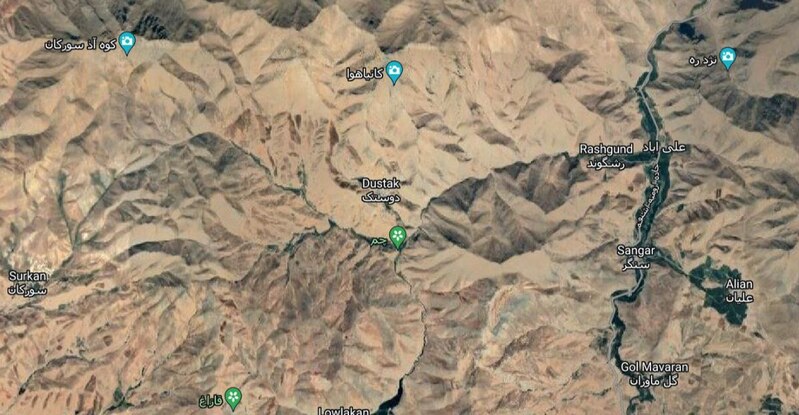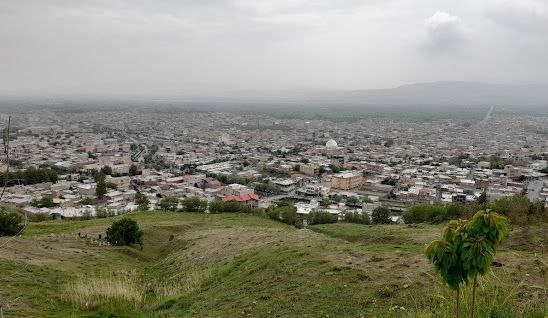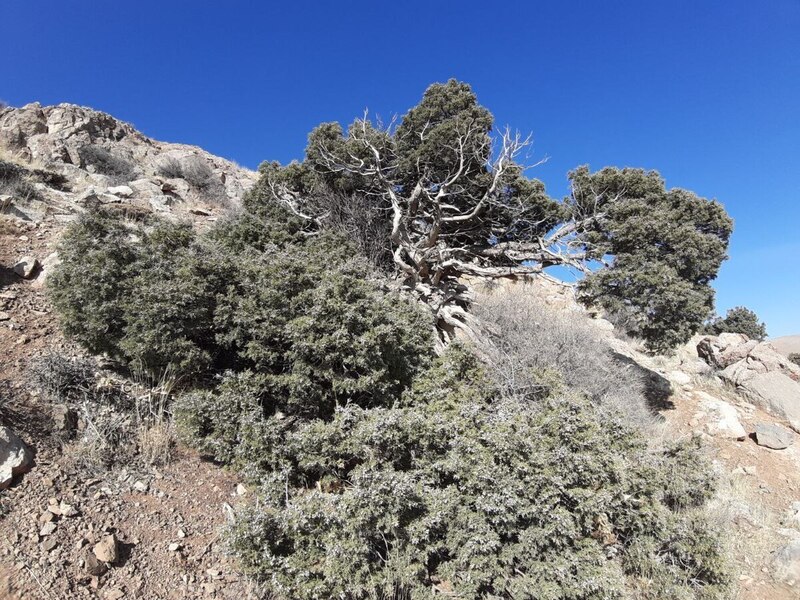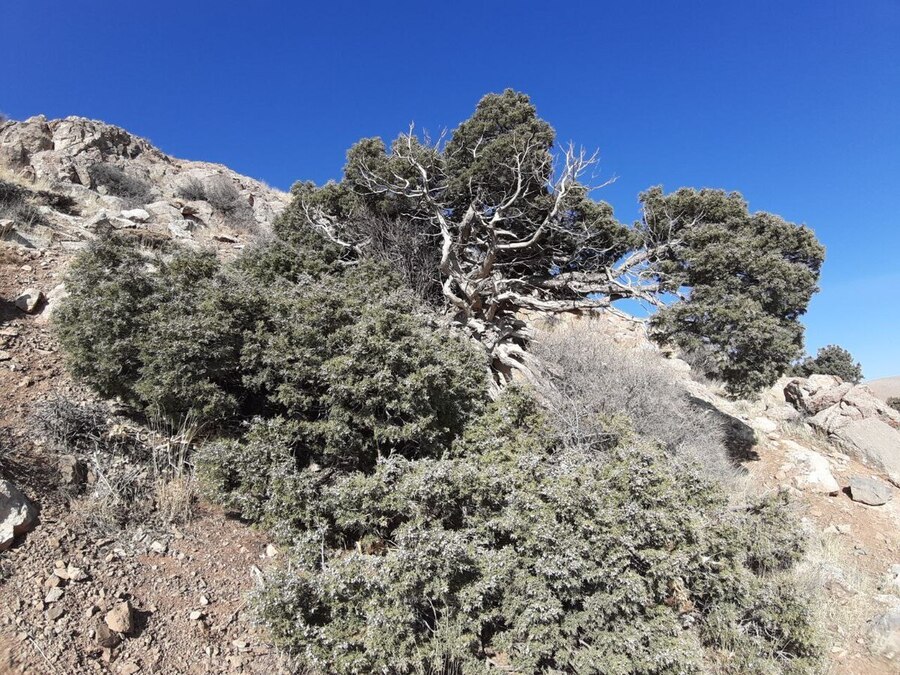If you study the roots of ancient Kurdistan, another history of an ancient page will always be revealed and become a golden cover for the Kurdish nation.
In the city of Shino, which is heading towards Urmia, there are many villages and prosperity both on the road and in the mountains and valleys of the city. On the road that passes through the Dashtabel area of Shino, between Qasemlu village and Dashtabel, there is a village called Dostak among dozens of other villages. The village is not very populated and the people are engaged in livestock breeding and agriculture. There is a hill called Kani Hawa near the village. There is a tree that is more than a thousand years old and its name is Hawrs.

Some old people in the city and region say that the Hawrs tree is the oldest tree in Shino and the distance of its branches reaches fifty meters. One of the reasons why the tree is so old is that it grows very slowly and is more than a thousand years old.
There has been no scientific research on the tree. However, Qader Goze mentions the tree in his memoir entitled “Me and Shaqlawa”.
One of the most interesting subjects in his memoirs is the mention of a tree called Hawrs, an evergreen tree that looks like a pine. He believes that Hawrs was a sacred tree of Zoroastrianism and during the Abbasid period, the state, in its efforts to eradicate the cultural symbols of Zoroastrianism, began to cut down and destroy it.
However, he believes that the tree has not been destroyed despite the intensity of the campaign. He is sure he has seen it in at least two places in his life. Once in Kawanian village on Mount Sork and once when he was a Peshmerga in the 1960s in Birezh village near Kore.

Goze says he is not the first to talk about this and Jalal Mullah Hassan searched for the tree in 1982 and gave him the information.
According to reports, Hawrs was a sacred tree of Zoroastrianism, and the reason is that Zoroaster planted it with his own hands. This gives the tree a sacred value. Here, however, the issue goes beyond the sacredness of the tree in a way that opens a door to historical research.
The reports emphasize that the campaign to destroy the tree intensified during the reign of the Abbasid Caliph and the state has decisively destroyed the tree. What confirms this knowledge is that Mutawakil, the tenth Abbasid caliph, was dominated by Sunni extremism belief, so much so that his reign was a time of persecution of the Shiites and Mu'tazilites. Therefore, it is not surprising that he destroys the remnants of Zoroastrians along with the Shiites and Mu'tazilites.

But this leads us to another issue: that the Abbasid state was destroying the symbols of Zoroastrianism 200 years after the Kurds converted to Islam. This means that the state was not sure of the Kurdish conversion to Islam and feared the influence of remnants of Zoroastrianism.
On the other hand, this can be understood that the Kurds treated the tree with respect in the ninth century AD. Going further, we must remember that at least until the ninth century, Zoroastrian Kurds lived in groups within a closed society and identified themselves as Muslims. They continued to practice their former religion, and they must not have been able to continue to build fire temples, but they were able to continue to preserve their other symbols, including the sanctification of the Hawrs tree. This shows that the Kurds tried to hide their beliefs, just like the Shiites.
On the other hand, it brings us closer to Mehrdad Izadi's theory. In his book "Kurd", Izadi, who is a Kurd and a professor in the Department of Eastern Languages and Civilizations at Harvard University, believes that the process of Kurdish conversion to Islam, which began in the seventh century AD, lasted several centuries and has organized its religious life in closed groups.

The closed society has preserved some Kurdish monuments, culture, and customs.
During Mutawakkil's reign, the state considered destroying the Hawrs tree, but this attempt may not have continued after Mutawakkil, because Mutawakkil was killed by Turkish soldiers in a conspiracy involving his son Muntasir and his son Caliph Muntasir was poisoned by the soldiers. Later, the era of the collapse of the Abbasid state began. This obviously provided a great chance for the tree to survive.
Passing several other villages after Dostak and at the foot of Randola mountain in Shino, one of the most historical villages is Bemzurte. Historical research says that the village is several thousand years old and was a religious place.
There are also several other villages within the city that are located in mountainous places and have religious names, so there may be a hidden history behind each of these villages, and the villages themselves that the occupying power does not allow that history to be revealed.









